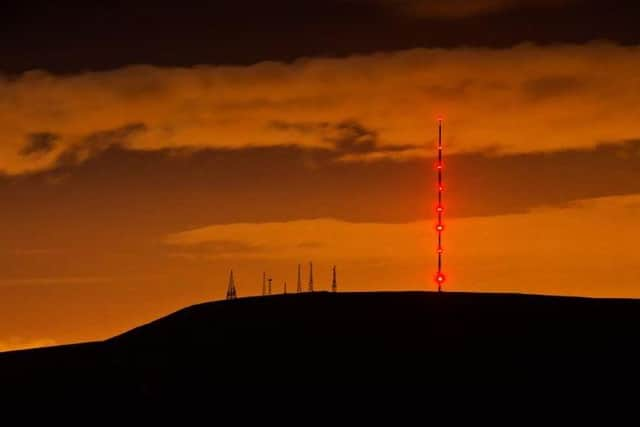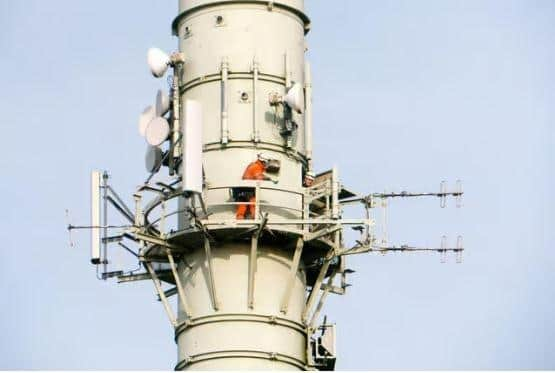Winter Hill's red lights - here's what they are and why they're so crucial
and live on Freeview channel 276
They’re aircraft warning lights fitted to the Winter Hill transmitting station at the southern boundary of Chorley and above Bolton – and there’s has been a mast in that location since May 1956.
What does the mast do?
Simply, it's a broadcasting and telecommunications site for TV and radio, owned and operated by Arqiva.


Here’s the story of the Welsh breaking in and switching the transmitter off 40 years ago
Advertisement
Hide AdAdvertisement
Hide AdIt is the principal transmitter for the North West region and in 2009 it became the first in the UK to broadcast digital television in high definition.
The station's coverage includes approximately 6.3 million people across Greater Manchester, Merseyside, southern Lancashire and Cheshire.
Analogue television transmissions from Winter Hill ceased officially during the early hours of December 2, 2009. Since then the site has carried only digital terrestrial television transmissions.


What are the red lights for?
The mast has always had a series of red aircraft warning lights but it's claimed that in October 2006 these lights were substantially brightened making the mast far more visible to passing aircraft. These lights can be maintained from the inside, as the lamps swing inwards for maintenance.
Advertisement
Hide AdAdvertisement
Hide AdTragically, on February 27, 1958, a plane travelling from the Isle of Man to Manchester crashed into Winter Hill several hundred yards away from the mast. Thirty-five people died and seven were injured.
How tall is the transmitter?
The original mast was replaced in 1966 and its main structure is 309.48 metres (1,015.4 ft) tall, with a diameter of 2.75 metres (9.0 ft).
It is one of the tallest structures in the United Kingdom,